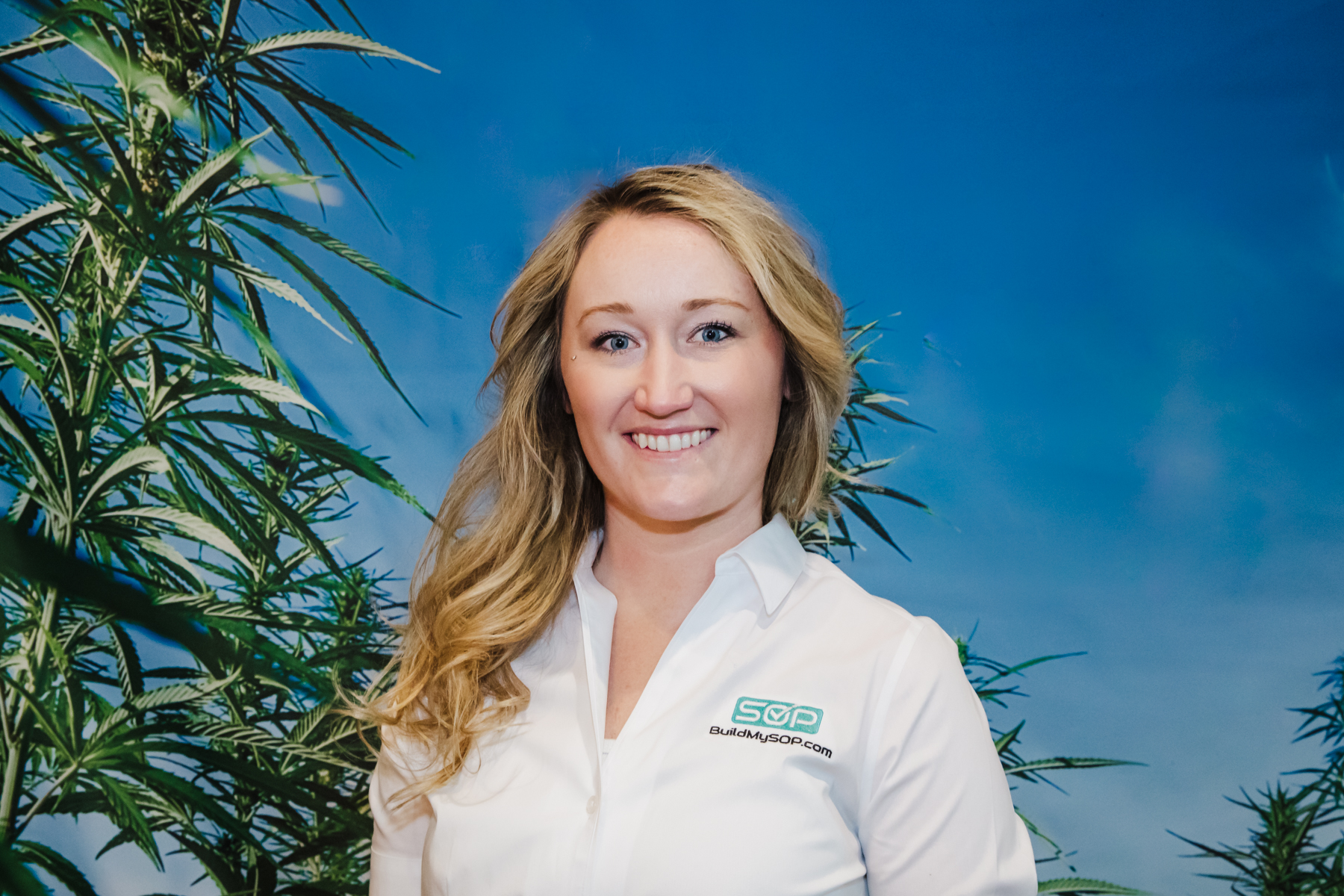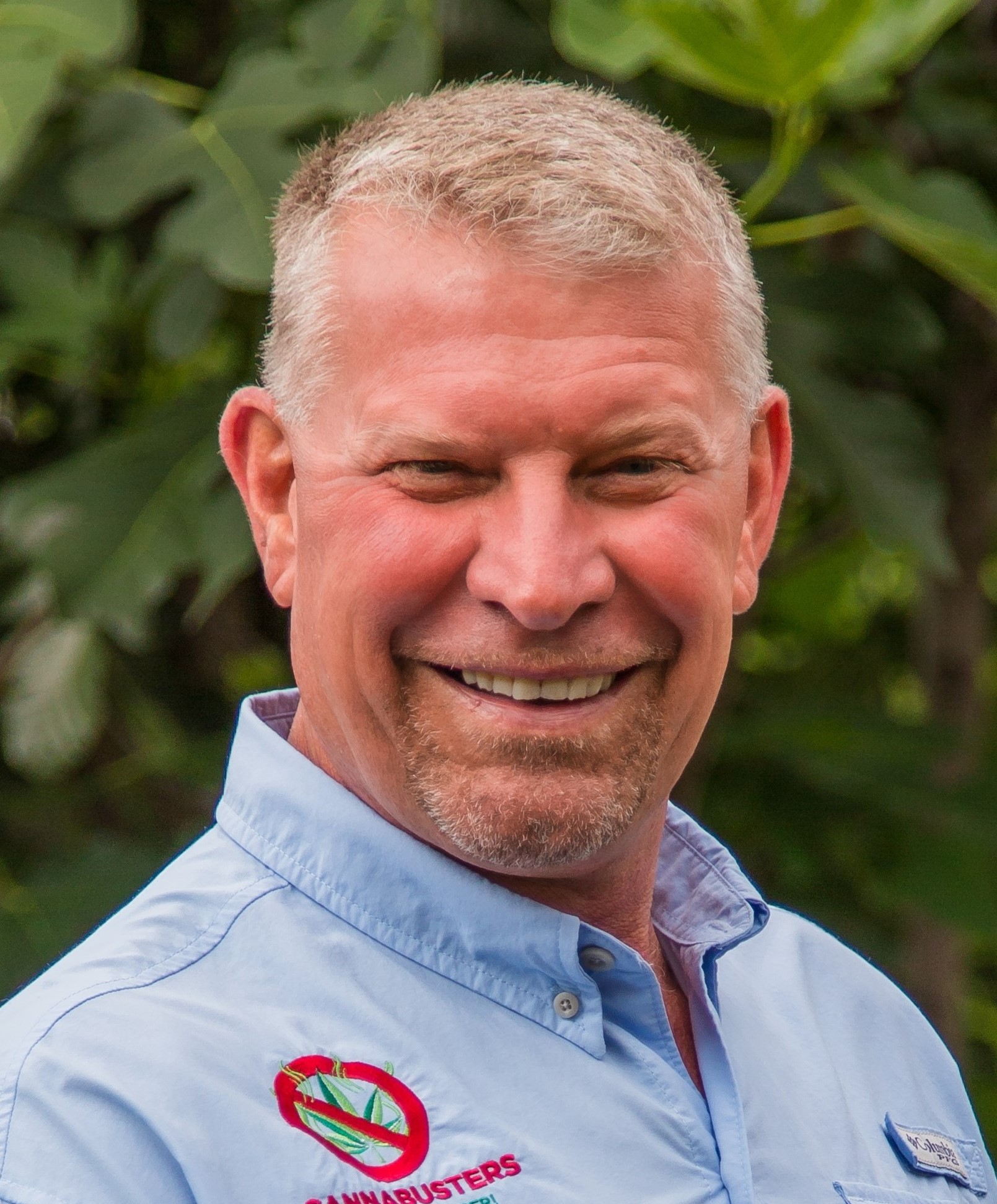Lucas McCann explains cannabis legalization in the state of New York, the structure under which adult-use cannabis is regulated, what kind of adult-use licenses are available, and what the state is doing to promote social equity and economic growth. Expect to learn about the costs for starting a new business, the timelines, and best practices.
Presentation Abstract:
About:
Marketing cannabis can seem overwhelming if you don’t know what you are doing. This presentation will go over what works, what doesn’t work and what will be a total waste of money. Avoid the pitfalls and shiny objects that end up costing you more than what you see in return. Bring a notebook and ask questions.
Presentation Abstract:
About:
Cannabis businesses are faced with higher compliance costs and higher taxes when compared to other types of businesses. Additionally, in a lot of states the markets are saturated and there is increased competition. Many times the owners are wearing so many hats— many of which they should not be doing because they don’t like it, is not productive, or a good use of their time. There is a system to create a path to a more successful and profitable cannabis business. Attendees will learn how cash is more important than profit, and how profit is more important than revenue. The five drivers of revenue, profit, and cash flow will be taught. Attendees will also learn about targets and forecasts, and how they should let the right numbers drive their decisions. We will demonstrate how to keep a scoreboard about what to do every month to keep on track to achieve higher profits and increase cash flow. Lastly, the audience will learn how to create financial objectives and actionable plans to move the needles closer to their targeted numbers.
Presentation Abstract:
About:
There are several key steps to a successful post harvest process including drying, bucking, trimming, curing, testing and packaging. To meet crucial benchmarks, each step must follow standard operating procedures (SOP) and best practices. To that end, this session will include real world examples that yield valuable insight and present actionable solutions for farms, large and small. Attendees will learn how to minimize errors and maximize profits in a safe working environment.
Presentation Abstract:
About:
Presentation Abstract:
About:
New markets to cannabis can benefit from the mistakes made in the past. Capital needs will exceed projections and good record keeping, internal policies and procedures as well as prudent tax planning can help you succeed during these challenging times. This secession will help you develop best practices so that your company can grow and obtain investor confidence.
Presentation Abstract:
About:
Commercial cannabis real estate is hard to secure and expensive to make operational. Understanding the challenges is key to ensuring you don’t waste time or money. From choosing a location that meets zoning laws to understanding whether to lease or purchase to securing insurance and creating realistic construction timelines, this session will cover it all. We’ll take you through the important aspects to consider when securing commercial cannabis real estate all while preserving crucial capital.
Presentation Abstract:
About:
Commercial cannabis real estate is hard to secure and expensive to make operational. Understanding the challenges is key to ensuring you don’t waste time or money. From choosing a location that meets zoning laws to understanding whether to lease or purchase to securing insurance and creating realistic construction timelines, this session will cover it all. We’ll take you through the important aspects to consider when securing commercial cannabis real estate all while preserving crucial capital.
Presentation Abstract:
About:
Commercial cannabis real estate is hard to secure and expensive to make operational. Understanding the challenges is key to ensuring you don’t waste time or money. From choosing a location that meets zoning laws to understanding whether to lease or purchase to securing insurance and creating realistic construction timelines, this session will cover it all. We’ll take you through the important aspects to consider when securing commercial cannabis real estate all while preserving crucial capital.
Presentation Abstract:
About:
What is plant sap analysis? How is it different from dry tissue analysis? How and when do you collect samples for submission to a plant sap laboratory? How do you read a plant sap report and interpret the data? And most importantly how do you make management decisions from that data? All this will be addressed in a rapid fast passed presentation
Presentation Abstract:
About:
When your business is in the Cannabis industry, compliance with the regulations is the bottom line to keeping the doors open.
So why are there still so many facilities that are operating without SOP practices in place?
Today, we will take a closer look at the benefits of having a thorough SOP, what can happen when you don’t have an SOP in place and some solutions to get you started on your journey to full compliance today.
Presentation Abstract:
About:
Odor is the industry’s biggest public-facing problem – and we are not winning. We will define the current challenge and look at the coming regulatory impact on odor control. A deep dive into why people complain about odor and why it’s complicated is next. Explore available odor control technologies and see what’s working and what’s not. Understand the science of odor elimination. Leave attendees with a clear understanding of challenges and solutions around cannabis odor.











